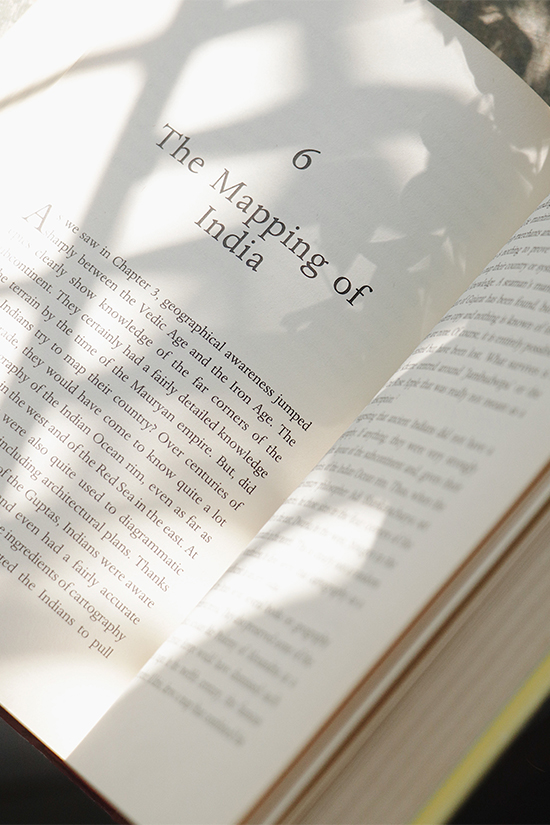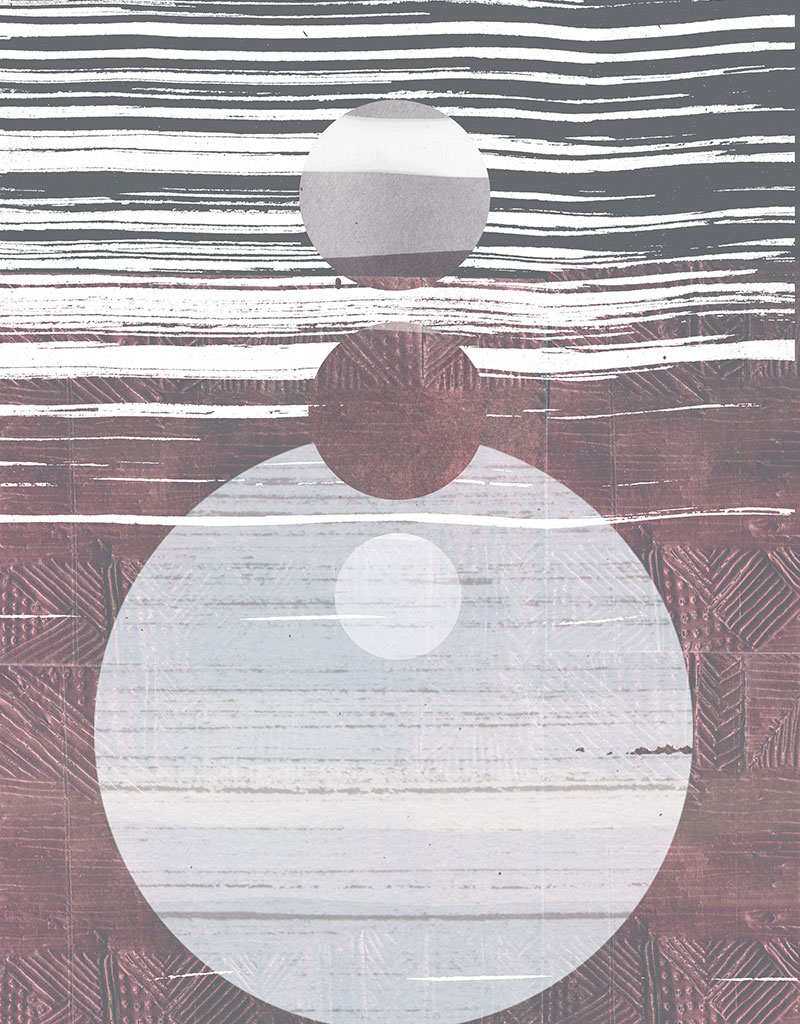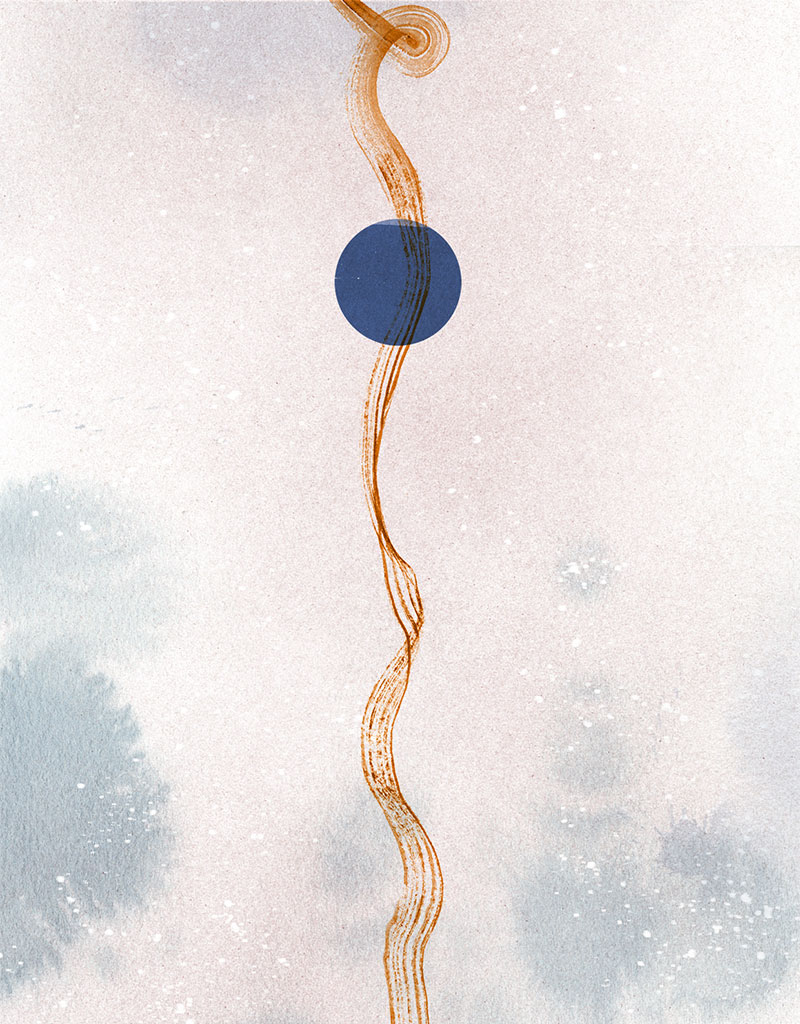For anyone interested in Indian history beyond the names-and-dates version, 'Land of the Seven Rivers: A History of India's Geography' is a refreshing and thought-provoking read. It’s especially relevant today, as India undergoes yet another dramatic transformation—urban, economic, ecological.
Nehal Rajvanshi

Sanjeev Sanyal’s ‘Land of the Seven Rivers: A Brief History of India’s Geography’ is a book that takes history out of the classroom and places it firmly in the landscape around us. It isn’t concerned with political chronology or the usual empire-to-empire textbook narrative. Instead, it traces how geography has shaped Indian civilisation over millennia, and how, in turn, Indians have constantly reshaped the geography around them.
One of the book’s standout features is its accessibility. Sanyal, an economist by training, writes in a lucid, engaging style that makes complex subjects – like tectonic shifts, riverine changes, and urban evolution – both digestible and compelling for the general reader. He brings to life the Harappan civilisation, the impact of the monsoons on trade, the symbolic power of rivers in Hindu mythology, and the strategic calculations of colonial cartographers with an infectious curiosity.
The book effectively combines geography and its impact on history. Anecdotes from the past are interspersed with accounts of shifting rivers, vanishing coastlines, urban expansion, and even tectonic movements – placing historical moments in immediate, tangible context. This not only grounds the reader but also subtly reframes how we think of history itself: not as something abstract, but as something carved into the land.
Sanyal’s lens is wide and eclectic. He writes about seismic shifts and ancient myths with the same ease as he does about Ashokan edicts, Mughal lion hunts, colonial cartography, and modern Gurgaon’s skyline.
A recurring theme through the book is continuity: not just of landforms or settlements, but of civilisational memory and symbolism. The Greek manuscript Periplus Maris Erythraei and the port of Barygaza (modern Bharuch in Gujarat), the Iron Pillar in the Qutub complex or the coincidences between the Harappan civilisation and the Rig Veda—these are not just curiosities. They become windows into how India, across centuries, has remembered and reinterpreted itself. In doing so, Sanyal shows that far from being an “ahistorical” people—as colonial officials often claimed—Indians have long demonstrated an acute consciousness of their past, woven into everything from town planning to mythology.
The book effectively combines geography and its impact on history. Anecdotes from the past are interspersed with accounts of shifting rivers, vanishing coastlines, urban expansion, and even tectonic movements – placing historical moments in immediate, tangible context.

One of the more interesting themes Sanyal explores is the role of ancient trade routes in India’s cultural exchanges. The concept of “living history” comes to life as he takes the reader through forgotten routes and cities, showing how they have remained integral to the country's identity despite changing political climates. Through Sanyal's writing, we see that India’s history cannot be confined to the colonial or post-colonial eras alone. Instead, it is a continuous, dynamic interaction between the land and its people.
Though the book is deeply researched, it’s written with the clarity and curiosity of someone genuinely engaged in a personal quest. Sanyal is not afraid to ask odd or offbeat questions – about flood myths, trade winds, fire altars, and linguistic echoes – and this makes the book far more engaging than the average historical survey. He mixes academic insight with anecdotal observation, often drawn from his own travels across India.
At times, the scope can feel a little too ambitious for the space it’s working within. Some chapters rush through big ideas or hopscotch across centuries in a way that might leave a reader wanting more. But that’s also the point. This isn’t a textbook – it’s an invitation. Sanyal wants the reader to look again at the landscape, to imagine layers of time beneath the roads we drive on and the cities we live in.
For anyone interested in Indian history beyond the names-and-dates version, this is a refreshing and thought-provoking read. It’s especially relevant today, as India undergoes yet another dramatic transformation—urban, economic, ecological. ‘Land of the Seven Rivers’ reminds us that this isn’t new. Change is part of the subcontinent’s fabric.





